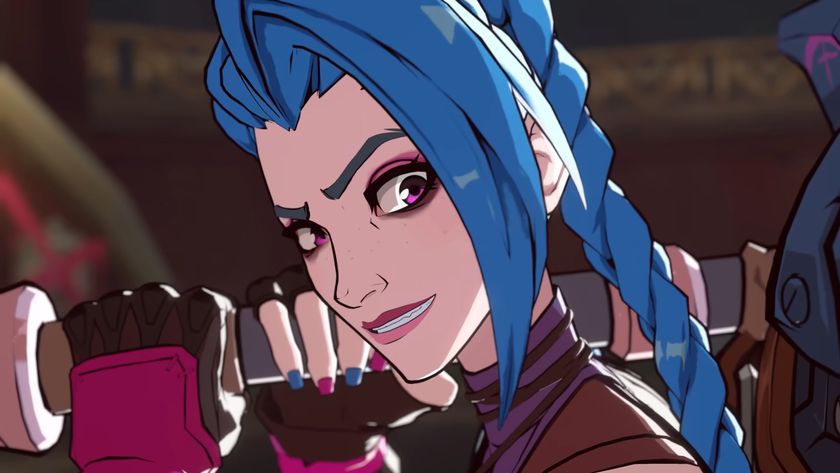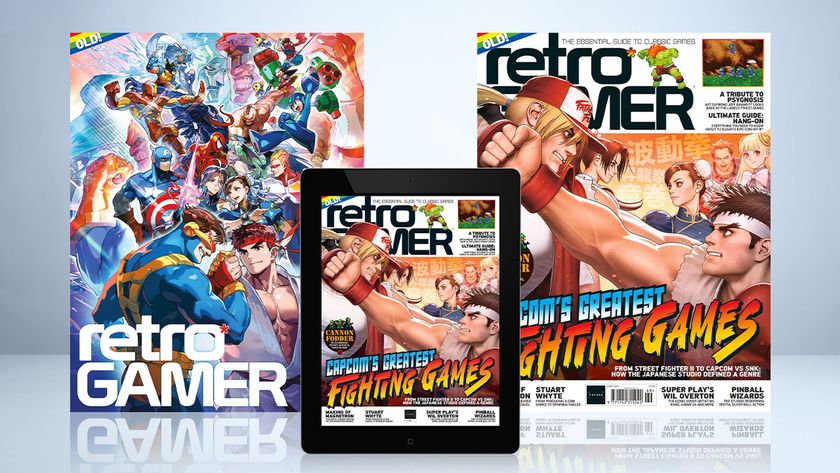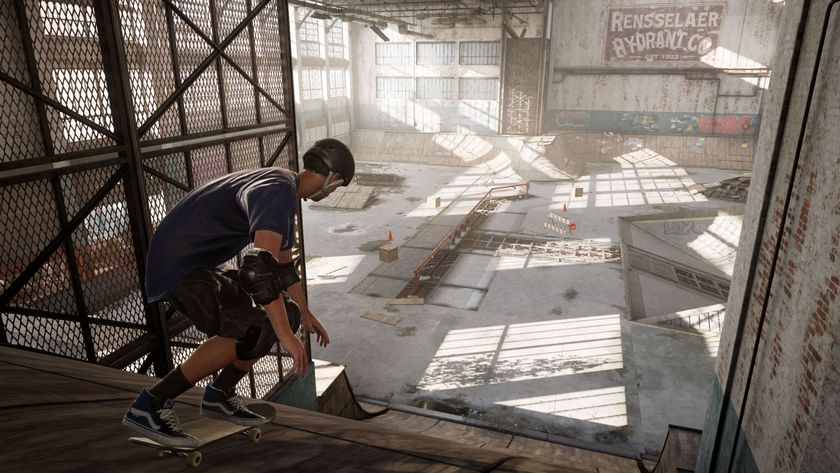Marvel vs. Capcom Infinite is as anarchic, hilarious, and spectacular as ever, but in a way that anyone can now enjoy
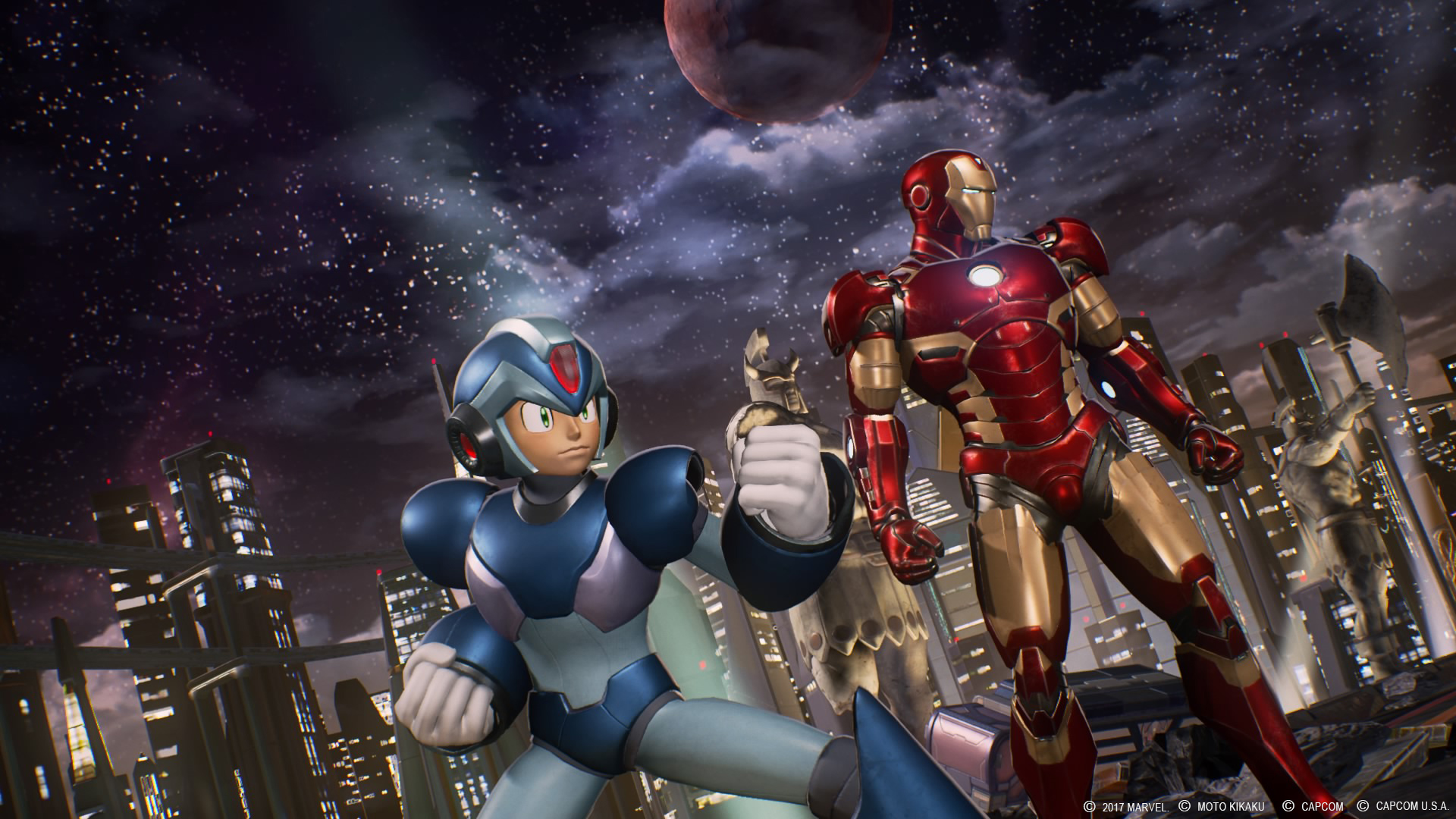
Take a load of action figures. Drink four pints of coffee. Stack said action figures upon a pile of fireworks. Light the touchpaper, put on some high energy jazz, fire up a strobelight, and wait for the giddy sensory overload to stun you into a coma.
That, my friend, is what it’s traditionally like to play Marvel vs. Capcom. It’s fun, it’s spectacular, it’s bright, bold, brash, and relentlessly, belligerently flashy. And it’s frequently exciting to the point of being utterly confounding. (Also, don’t do any of the things I said in the intro. You’ll end up in hospital)
But this Marvel vs. Capcom is different. Capcom isn’t toning it down, mind. It’s still a game about managing multiple fighters at once, switching between them, mid-attack, to tag back and forth and continue the beatdown anew. It’s still a game built of marathon combos, and longer juggles than a Guinness world record attempt in a clown school. It can still see the screen crammed with four characters at once, the likes of Thor, Ryu, Mega Man and Captain Marvel flailing wildly at each other, as if in the anarchic, final throes of a WWE tag-team championship in a world made of lasers. But somehow, miraculously, it now all makes immediate sense.
The push for comprehensibility is certainly the right move. This is, after all, the first Marvel vs. Capcom game that will be released after the explosion of the Marvel Cinematic Universe. There’s a whole new, grotesquely large superhero audience out there now, who almost definitely won’t be turned on by the promise of the third sequel to a hardcore, 1998 fighting game, but will probably like the sound of Rocket Racoon punching Iron Man in the face. They won’t want to deal with any kind of barrier of entry before they can access the chaotic, super-powered dream they’ve been promised, and Marvel vs. Capcom Infinite has – by Capcom’s happy admission – been designed with total sympathy to their needs.
Team sizes have been reduced from three to two. Character switching – whether to amp up outgoing damage, extend a combo, or escape an incoming barrage – is now triggered by a simple button press, no other requirements, rules or stipulations. If you need an easy way in to the fight, there are two universal auto-combos, one activated by simply hammering the weak punch button, the other a straightforward around-the-clock sequence of the four attack buttons, which ends in a guaranteed juggle and an instant in to the series’ trademark aerial game. The stand-out, Hyper Combo super moves? Just hit the two hard attack buttons when your meter is full.
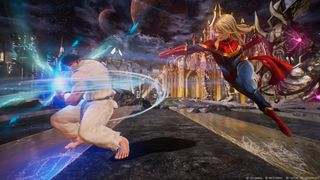
Right now, there are two groups of people reading this. The first has always struggled with high-level fighting game play, or perhaps has never touched a fighter at all. That group is probably feeling quite heartened. Maybe, hopefully, more excited than they’ve been about the genre in a while. The second group knows fighting games pretty well, is at least moderately skilled, and is probably staring down its collective nose with no small amount of fury.
But both groups should know this. I’ve played a good few hours of Marvel vs. Capcom Infinite now. I have had my arse kicked, and I have, in turn, kicked a great many arses with no small amount of flair. And while I am myself traditionally a member of the latter cabal, I feel right now like MVCI might finally have nailed the mythical balance between immediate accessibility and gratifying depth. I had a great time, but I rather suspect anyone else could too.
Sign up to the 12DOVE Newsletter
Weekly digests, tales from the communities you love, and more
For less experienced players, the systemic streamlining cleanly cuts away the arbitrary struggle of how to do something, and immediately opens up the more gratifying, real, tactical game of learning when to do it. With simple execution underpinning an open-ended fighting sandbox with less exacting regulations than most, it’s entirely possible for the beginner player to not just feel like they’re doing something cool, but to be truly effective with it. Not to the degree that will trouble the pro circuit, of course, but the fundamental point is that this welcoming fast-track to the core principles of the actual game means that those starting out will probably feel far more compelled to stick around and learn. And with the traditional two-tier, skill-locked Hierarchy of Fun now eroded, they’ll be able to. And it will be fun. But none of this, so far, seems to corrode the existence of upper-level depth.
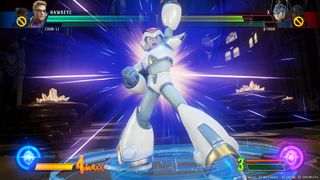
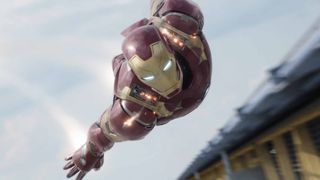
The reduced team size, for instance, means that exploring the meta-strategy of complimentary team-ups is a much more direct experience; comparative strengths, weaknesses, and strategic potential much clearer after a mere match or two. That’s good for everyone. The clean new art style, which makes reading the action a hell of a lot easier, really helps in that respect too. It’s not so much a matter of dumbing down as making the game’s higher-level conceits a much more available domain from the off.
The easy Hypers? That’s Capcom taking a canny leaf out of Mortal Kombat’s book. Where the last two MK games borrowed Street Fighter 4’s high-powered, cinematic Ultra moves, but replaced the necessity for complex inputs with a simple, two-trigger press, MVCI in turn lifts the same control input to the same effect. ie. To make spectacular comebacks a fundamental and democratic part of the game, open to everyone who can learn how and when to launch them, not just those who can wiggle the pad or stick enough times.
And it’s not all subtractions either. Where third fighters and support characters have gone, Infinity Stones are now in. Equipped to your team, one at a time, before a match, each of the six bestows a free, one-button special move to both fighters. The Time Stone, for instance, gifts a near-instant, long-range dash, where the Space Stone triggers a swift tractor beam effect to yank in middle-distance players for a surprise slapping. All add an extra, kinetic dimension to MVCI’s already fast, goofy, attack-heavy combat system, but they have an important second function as well. They furnish another level of instantly accessible meta-strategy to team-building, reconfiguring and recontextualising the roster’s out-of-the-box powers whenever added to the move-list. And that in turn lays out a whole raft of potential new tactics, ready whenever the player is.
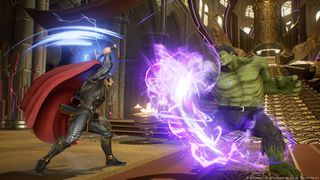
And it gets better. There’s a second use for the Infinity Stones. Fill the right meter (by taking hits), trigger another, two-button activation, and you’ll enter Infinity Storm, a game-changing state that breaks a fundamental rule in the aggressor’s favour. Time removes hit cooldowns, letting you combo forever (or at least until the Storm wears off). Space locks the opponent in a force-field box, limiting their movement and letting you pick your attacks in a more relaxed fashion.
It all sounds ridiculously over-powered – and it’s designed to feel like it is, instantly amping up the fun - but in practice these states are very well balanced indeed, giving new opportunities without guaranteeing success. But by temporarily shifting the focus of the fight in a particular, clear direction, they also facilitate a great encouragement to experiment with new styles and strategies, giving experienced players yet more layers to play with, and incentivising newbies to let loose within slightly safer circumstances.
The friendliness extends to MVCI’s use of its fiction as well. This time around, the fighters have specifically been designed to make sense in terms of what we know of them as characters. If you know Iron Man from the movies, then you’ll know how to play him from the off. He’s all long-range rocket and beam attacks, with close-up repulsor-blasts to knock back any opponent who gets too close. Because of course he is. Ditto Thor’s close-range hammer strikes and localised lightning storms, and Captain America’s mix of hard-hitting strength and tricksy, rebounding shield-throws.
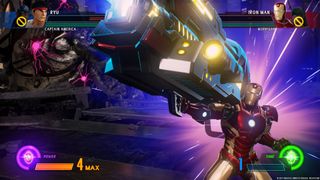
And, making a big departure from Capcom fighters past, Marvel vs. Capcom Infinite is promising a full-fat, cinematic story campaign, ready to go on day one. Intended to draw in players old and new with the appeal of a fresh, bonkers new story – the tone seems reassuringly similar to that of the MCU movies, without aping any particular plotline – it is also pitched to act as a progressive tutorial. Again, that’s a strategy NetherRealm Studios has excelled with of late, using the natural engagement of character and narrative to teach without seeming to teach at all.
This could really be a big year for Marvel vs. Capcom. Having accidentally snagged the biggest license in the world, nearly 20 years before the fact, it seems the series’ time has come. With a vast potential audience ready and waiting, Capcom clearly willing to cater, and apparently very able to do so without losing the essence of what made MVC so damn fun and compelling in the first place, we could maybe, hopefully, if the stars and stones align, be looking at the first genuine break-out fighting game the company has enjoyed in a long time. A cross-over game, finally, in more ways than one.
Most Popular





